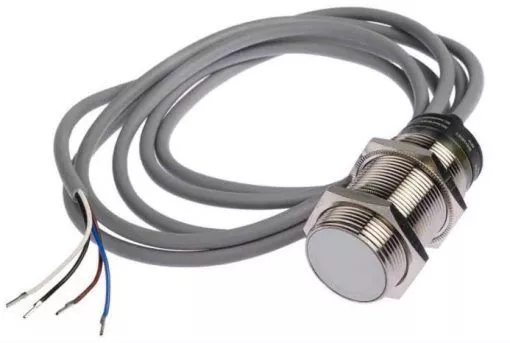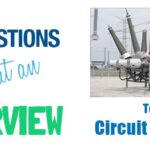Technology breakthroughs have led to the creation of several devices and tools in engineering and science. Sensors governed numerous businesses and domains. Pressure sensors, proximity sensors, temperature sensors, and other sensors are common in our daily lives. This article focuses on important topic questions you should ask for proximity sensor manufacturers.
1. What Type Of Proximity Sensors Do I Need?
It is vital to ask the manufacturer which type they manufacture because proximity sensors are classified based on detection such as an object or an atmospheric condition.
Capacitive proximity sensors are the first type. Capacitive proximity sensors change capacitance when they detect an object. This device’s detecting technique may easily identify a voltage source or another plate. The dielectric between the plates is air. The capacitor value varies as an object enters the dielectric substance.
Next are inductive proximity sensors. Sensor’s inductance changes as an item gets close enough to detect. Usually, these tools are used with metal. With the current, inductance and capacitance fluctuate. The object has been located as the inductance has changed. Inductance proximity sensors can’t detect non-conductive objects.
Then there’s photoelectric. Photoelectric proximity sensors use light-sensitive components to detect items nearby.
Finally, ultrasonic sensors employ sound waves between 25 and 60 kHz to recognize objects. Thus, an object’s color or transparency does not affect a sensor’s capacity to detect it.
2. What Kind Of Sensor Wiring?
The type of proximity sensor wiring utilized in the operations is also crucial for manufacturers. Sensor wiring is characterized as NPN, PNP, Normally Open, and Normally Closed.
The load is placed between the NPN output wire and the positive power source. In the ‘ON’ state of the switch output, current flows from load to ground. Negative switching is the result. Diverting NPN sensors sink near the exit.
The load for an NPN output is between the output wire and the common source. In the ‘ON’ state of the switch output, current flows from the device output to the ground via the load. It’s called positive switching. PNP sensors are called supply sensors since the output is positive.
When the output switch is ‘OPEN,’ it prevents current flow in the absence of an actuator, and when it is ‘CLOSED,’ it permits current to flow in the presence of an actuator.
In the absence of an actuator, the output switch is normally closed, while it is normally open in the presence of an actuator.
3. Applications of Proximity Sensor. Who Uses Them?
The kind and sensor wiring of proximity sensors determine their application. In general, proximity sensors are used in automatic faucets, roller coasters, food storage, beverage manufacturing lines, touch screens close to the sensing direction, parking sensors, and many other circuits.
4. Proximity Sensor Circuit Operating Voltage. The Specs.
Proximity sensors are built to last hundreds of cycles. Contact arcing reduces internal contact life. Arcing occurs at high voltages. To minimize contact arcing, select sensors with appropriate operating voltage levels. The voltage varies from 10V to 320V for direct current and 20V to 265V for alternating current.
5. Proximity Sensors Circuit Target Size. Will It Fit?
Typically, a sensor target is composed of mild steel, is 1mm thick, and has a flat top. The sizes of the target and the direction of detection are the same. The side dimensions are either the same as the diameter of the sensing direction or three times as large as the operating range. When the target is larger, the sensing range values are similar. When the target is smaller, the sensing length becomes shorter. Smaller targets should be placed near the sensor.




